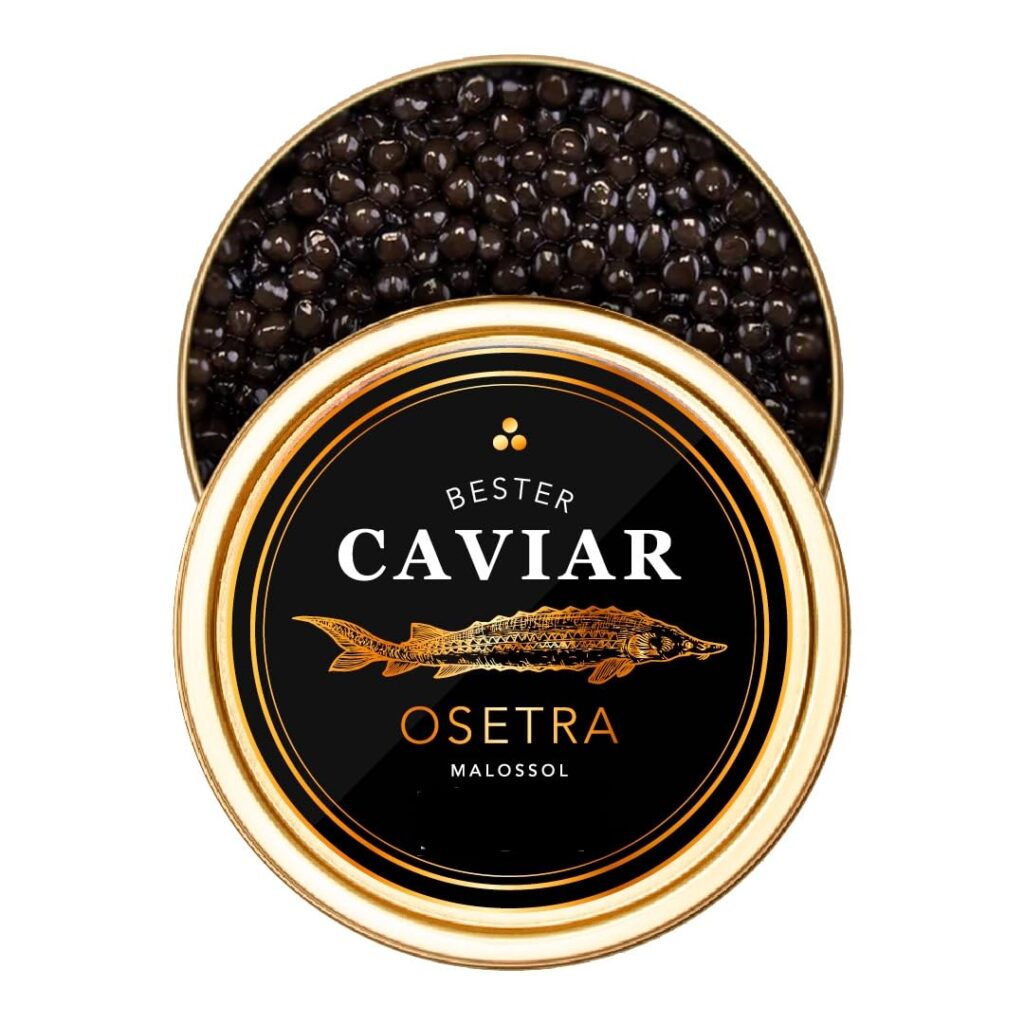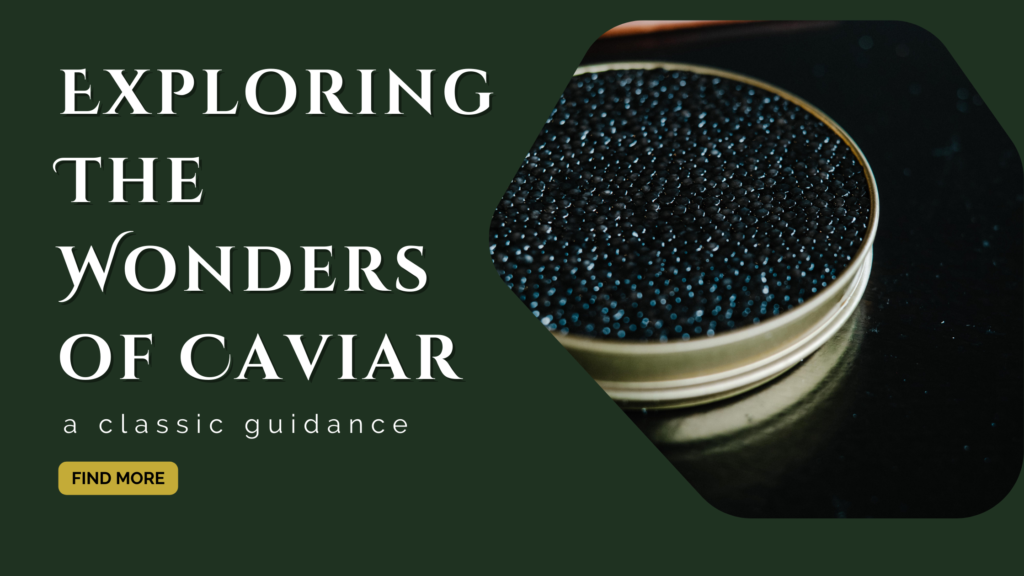Caviar, a culinary treasure often associated with luxury, has captivated food enthusiasts for centuries. This article aims to unravel the mysteries surrounding caviar, exploring its origins, taste, composition, and the factors contributing to its price tag.
Question:
- What is Caviar?
Answer:
Caviar, originating from the Persian word “khaviar,” is the salt-cured roe (eggs) of the sturgeon fish. While sturgeon roe takes center stage, the term “caviar” has broadened to include roe from other fish like salmon and trout. The most sought-after caviar typically hails from the Caspian and Black Sea regions.
Question:
-
What Does Caviar Taste Like?
Answer:
Known for its unique flavor and texture, caviar offers a delicate balance of brininess, creaminess, and subtle nuttiness. The texture ranges from soft to firm beads, creating a nuanced taste experience that varies from buttery and mild to bold and robust.
- Question:
-
How Much is Caviar?
- Answer:
The cost of caviar can be staggering, influenced by factors such as caviar type, source, and the rarity of the fish species. Sturgeon scarcity, coupled with the intricate harvesting and processing, contributes to the high price. Caviar, a symbol of opulence, commands prices ranging from hundreds to thousands of dollars per ounce.
- Question:
-
What is Caviar Made Of?
- Answer:
Caviar exclusively comprises fish roe, primarily from sturgeon. The roe is meticulously extracted, salt-cured, and sometimes aged to develop its unique flavor. The preservation process, involving salt, enhances taste and extends shelf life. The craftsmanship involved in caviar production contributes to its luxurious status.
- Question:
-
Where Does Caviar Come From?
- Answer:
Historically from the Caspian Sea, the decline in wild sturgeon populations has led to sustainable caviar farms globally. Countries, including the United States, are cultivating sturgeon to meet demand while preserving these species. The Caspian Sea remains a significant but challenged source.
- Question:
-
Why is Caviar So Expensive?
- Answer:
Several factors contribute to the exorbitant price of caviar. Sturgeon maturation takes years, and the harvesting process is intricate and labor-intensive. The decline in wild sturgeon populations increases the rarity of high-quality caviar. The combination of scarcity, craftsmanship, and demand from an affluent market makes caviar a luxury item.

- Question:
-
What is Cowboy Caviar?
- Answer:
In contrast to traditional caviar, cowboy caviar is not fish roe but a Texan dish comprising black-eyed peas, corn, bell peppers, onions, and spices. This vegetarian alternative has gained popularity for its vibrant taste and versatility.
- Question:
-
How to Eat Caviar?
- Answer:
Savoring caviar is an art. Served chilled on a non-metallic spoon to preserve its flavor, common accompaniments include blinis, toast points, or crème fraiche. The key is to let the caviar burst on your palate, allowing the flavors to unfold gradually.
- Question:
-
What Fish Does Caviar Come From?
- Answer:
While sturgeon is the traditional source, various fish species contribute to the global caviar market. Salmon, trout, and paddlefish offer diverse flavors and textures, expanding the culinary possibilities of caviar.
caviar remains a timeless indulgence, captivating those seeking the epitome of culinary luxury. Whether enjoyed on its own or as part of a lavish spread, caviar symbolizes refinement and sophistication, inviting food enthusiasts on a gastronomic journey like no other.


